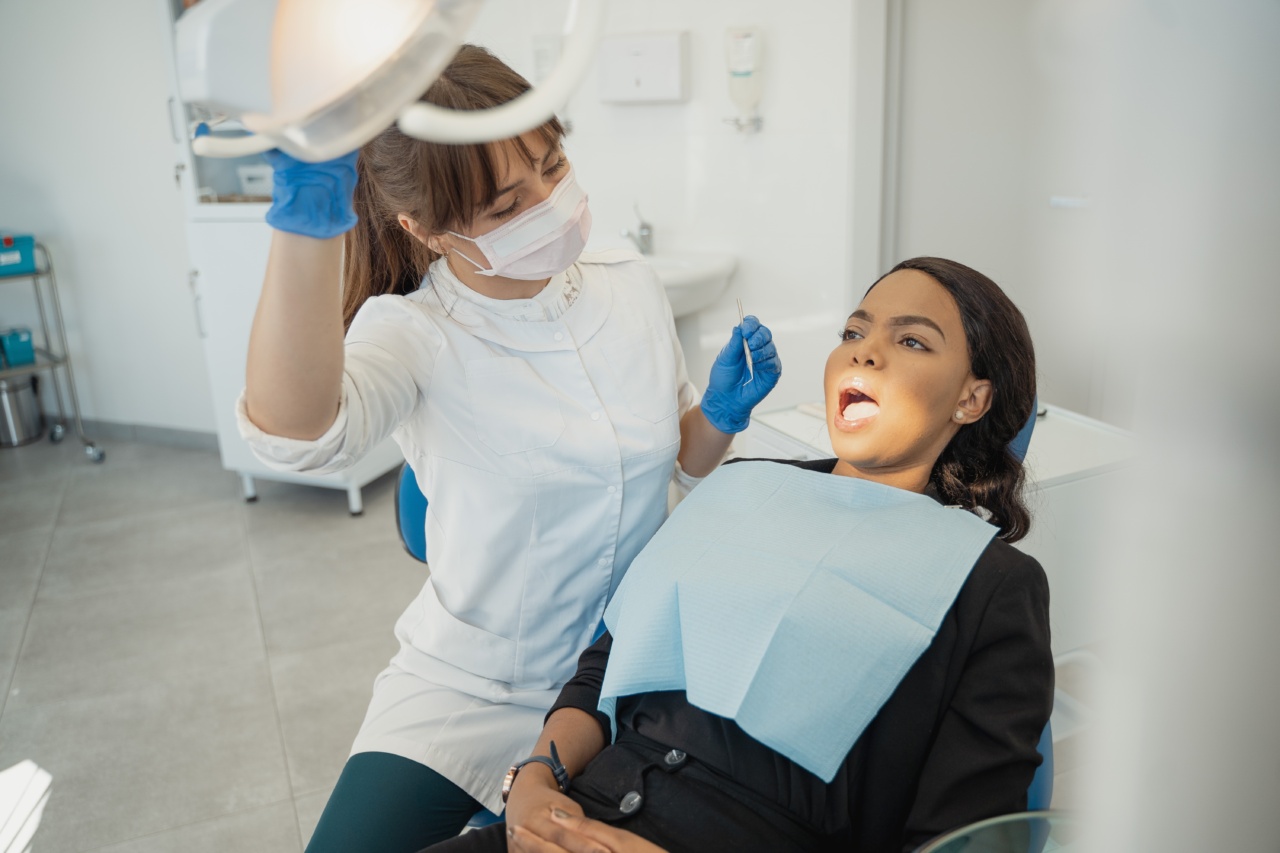Psoriasis is a chronic autoimmune condition characterized by patches of scaly and red skin that can be extremely itchy and painful. It affects nearly 3% of the population worldwide and can have a significant impact on patients’ quality of life.
While there is no cure for psoriasis, there are several treatment options available that can help manage symptoms and prevent complications.
1. Topical Treatments
Topical treatments are often the first line of defense for mild-to-moderate psoriasis. They are applied directly to the affected skin and can include:.
: Corticosteroids
Corticosteroids are anti-inflammatory drugs that can reduce redness, swelling, and itching. They are available in different strengths and forms, such as creams, ointments, lotions, gels, and foams.
Long-term use of high-potency corticosteroids can cause side effects like thinning of the skin, stretch marks, and acne.
: Vitamin D analogs
Vitamin D analogs are synthetic compounds that mimic the effects of vitamin D, which is essential for skin health. They can slow down the growth of skin cells and reduce inflammation. Examples include calcipotriene (Dovonex) and calcitriol (Vectical).
They can cause itching, burning, and irritation of the skin.
: Retinoids
Retinoids are derived from vitamin A and can normalize the growth of skin cells. They can also decrease inflammation and increase skin turnover. Examples include tazarotene (Tazorac) and acitretin (Soriatane).
They can cause dryness, peeling, and redness of the skin.
: Coal tar
Coal tar is a byproduct of coal processing that has been used for centuries to treat skin diseases. It can slow down the growth of skin cells and reduce inflammation.
It is available in different concentrations and forms, such as shampoos, creams, and lotions. It can cause a strong odor, staining of clothes and skin, and sensitivity to sunlight.
: Salicylic acid
Salicylic acid is a keratolytic agent that can soften and dissolve scales and plaques. It can also reduce inflammation and itching. It is available in different forms, such as shampoos, creams, and ointments.
It can cause irritation, dryness, and peeling of the skin.
2. Phototherapy
Phototherapy, or light therapy, involves exposing the skin to ultraviolet (UV) light at a certain wavelength and for a certain period of time. This can help slow down the growth of skin cells and reduce inflammation.
Phototherapy can be done in a doctor’s office or at home with a specialized lamp or booth. Types of phototherapy include:.
: Narrowband UVB
Narrowband UVB involves exposing the skin to UVB light with a wavelength of 311-312 nm. This can be more effective and safer than traditional UVB therapy, which uses a broader range of wavelengths.
Narrowband UVB can cause redness, itching, and burning of the skin.
: Puva
Puva involves taking a photosensitizing drug, psoralen, either orally or topically, and then exposing the skin to UVA light.
Puva can be more effective than UVB therapy for severe psoriasis, but it has more side effects, such as nausea, headache, and increased risk of skin cancer.
: Excimer laser
The excimer laser emits a high-intensity UVB light with specific wavelengths. It can target only the affected areas of the skin and spare the healthy skin around it.
Excimer laser therapy can be faster and more convenient than other types of phototherapy, but it can cause redness, blistering, and pigmentation changes.
3. Systemic Medications
Systemic medications are prescribed for moderate-to-severe psoriasis that has not responded to topical treatments or phototherapy alone.
They are taken orally or injected and can affect the immune system, the inflammatory response, or the skin cell turnover. Systemic medications include:.
: Methotrexate
Methotrexate is an antimetabolite drug that can inhibit the growth of skin cells and decrease the immune response.
It can be effective for psoriasis, but it can also cause side effects like nausea, fatigue, liver damage, and increased risk of infections and cancer.
: Cyclosporine
Cyclosporine is an immunosuppressant drug that can reduce the inflammation in the skin and other organs.
It can be effective for short-term use, but it can also cause side effects like hypertension, renal dysfunction, and increased risk of infections and cancer.
: Biologics
Biologics are a group of genetically engineered drugs that can target specific molecules or cells involved in psoriasis. They can be injected or infused and can include TNF inhibitors, IL-17 inhibitors, IL-23 inhibitors, and PDE4 inhibitors.
Biologics can be more targeted and have fewer side effects than traditional systemic medications, but they can also be more expensive and require careful monitoring.
Conclusion
Psoriasis can be a challenging condition to manage, but there are effective treatments available that can help relieve symptoms and improve quality of life.
The choice of treatment depends on the severity, location, and type of psoriasis, as well as the patient’s age, overall health, and preferences. A dermatologist or a rheumatologist can help determine the best course of action and provide guidance and support throughout the treatment process.






























